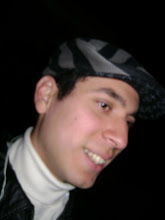We will form a project team with fellow students and develop an instructional product for a client external to the class. We will complete the entire development process, from design plan through product testing. This experience will give us the opportunity to practice the following
- defining and carrying out a distinct role on your project team
- collaborating and negotiating with team members
- working with clients to define and produce products
- planning projects
- creating project documents and communicating about projects
- creating and integrating media elements
- working within realistic constraints
- conducting professional usability tests and reliability tests
- planning for future maintenance of a product
- maintaining professional conduct and performance
Project
The Saskatoon Council on Aging http://www.scoa.ca/
It has two main functions: operating a Resource Walk-in Centre to enhance the quality of life for older adults, and working with local agencies to initiate, implement, and evaluate projects useful to older adults in our community.
Connection with the Client:
To meet with our clients a minimum of two times: once to cover their expectations and to have them answer your questions about the content, and once to review our product after we have completed your usability observation. However, we have to keep our client up to date on the team's progress. We should consider inviting our client to additional meetings (to observe user tests or participate in editing a draft of materials), and make sure that our team keeps the client informed of the project's status regularly.
Assigned text
Rubin, J. (1994). Handbook of usability testing: How to plan, design, and conduct effective tests. New York, NY: John Wiley & Sons.

















No comments:
Post a Comment